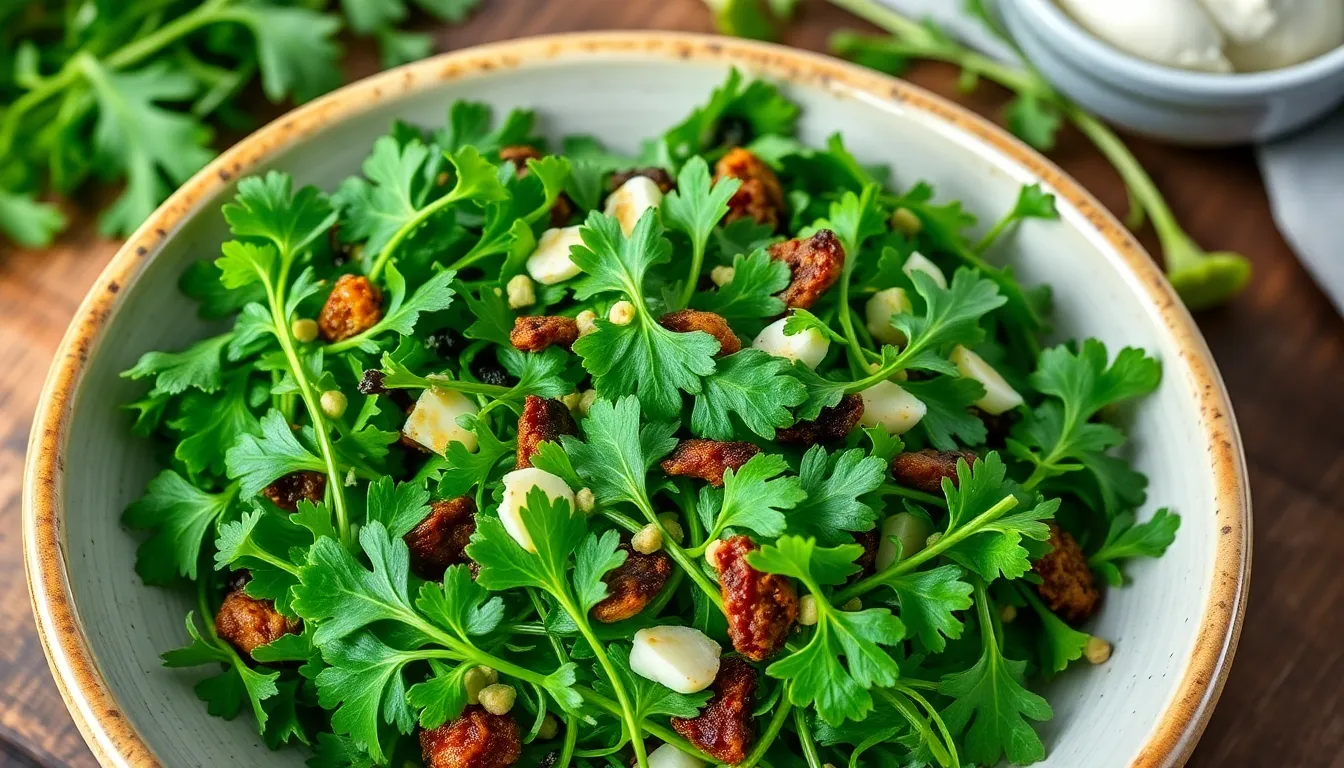## Conclusion
– Recap of the benefits of homemade hummus
– Encouragement to experiment with flavors and ingredients
– Invitation to share personal hummus experiences
How to Make a Classic Hummus with Roasted Garlic
Hummus has taken the culinary world by storm, transcending its Middle Eastern roots to become a global favorite. This creamy, dreamy dip is not only delicious but also incredibly versatile, serving as a spread, a dip, or even a salad dressing. While store-bought hummus can be convenient, nothing compares to the rich, vibrant flavors of homemade hummus, especially when infused with the unique sweetness of roasted garlic. In this post, we’ll take a detailed look at how to make a classic hummus with roasted garlic that will impress your family and friends.
Section 1: Ingredients
To make a delicious roasted garlic hummus, you’ll need the following ingredients:
| Ingredient | Measurement |
|---|---|
| Chickpeas | 1 can (15 oz) or 1.5 cups cooked |
| Tahini | 1/4 cup |
| Roasted garlic | 1 whole bulb |
| Lemon juice | 2 tablespoons |
| Olive oil | 2 tablespoons + more for drizzling |
| Cumin | 1/2 teaspoon |
| Salt | to taste |
| Water | 2-4 tablespoons |
Section 2: Preparing Roasted Garlic
Roasting garlic transforms its sharp, acrid flavor into a sweet, nutty delight that enhances the overall taste of hummus. Here’s how to roast garlic perfectly:
- Preheat your oven: Set the oven to 400°F (200°C).
- Prepare the garlic bulb: Take a whole head of garlic and remove any excess loose skin. Cut about 1/4 inch off the top of the bulb to expose the individual cloves.
- Roasting process: Drizzle a bit of olive oil over the exposed cloves, and wrap the bulb in aluminum foil. Place it directly on the oven rack or on a baking sheet and roast for about 30-35 minutes, until the cloves are soft and golden brown.
- How to tell when it’s done: Insert a knife or fork into a clove; it should easily pierce through the soft flesh.
- How to store leftover roasted garlic: Once cooled, you can store any leftover roasted garlic in an airtight container in the refrigerator for up to a week, or freeze it for longer storage.
Section 3: Making the Hummus
Now that your roasted garlic is ready, let’s get to making the hummus. Follow these steps for a creamy, flavorful dip:
- Drain and rinse the chickpeas: If using canned chickpeas, drain them and give them a good rinse under cold water. This helps remove excess sodium and improves the flavor.
- Blend the ingredients: In a food processor, combine the drained chickpeas, tahini, roasted garlic cloves (squeeze them out of their skins), lemon juice, olive oil, cumin, and salt. Blend until smooth.
- Adjusting consistency with water: If the mixture is too thick, add water, one tablespoon at a time, blending after each addition until you reach your desired consistency.
- Tasting and adjusting seasonings: Taste the hummus and adjust the seasoning if needed. You can add more salt, lemon juice, or cumin according to your preference.
Section 4: Serving Suggestions
Hummus is incredibly versatile and can be enjoyed in various ways. Here are some delicious serving suggestions:
- With pita bread: Serve hummus with warm, toasted pita bread. Cut the pita into triangles for easy dipping.
- Fresh veggies: Pair hummus with an assortment of fresh vegetables like carrots, cucumbers, bell peppers, and cherry tomatoes for a healthy snack.
- Crackers and chips: Hummus also goes great with your favorite crackers or pita chips for a crunchy snack.
For garnishing, consider the following options:
- Drizzle with extra virgin olive oil for richness.
- Sprinkle with paprika or sumac for a pop of color and flavor.
- Add fresh herbs like parsley or cilantro for a refreshing touch.
To store leftovers, place the hummus in an airtight container and refrigerate. It can last for about a week in the fridge.
Section 5: Nutritional Information
Understanding the nutritional profile of your homemade hummus can help you enjoy it guilt-free. Here’s a breakdown of the nutrients found in a typical serving of hummus (2 tablespoons):
| Nutrient | Amount per Serving (2 tbsp) |
|---|---|
| Calories | 70 |
| Protein | 2g |
| Carbohydrates | 6g |
| Fiber | 1g |
| Fat | 5g |
| Sodium | 50mg |
Conclusion
Making your own hummus at home is not only simple but also allows you to customize flavors to suit your taste. With the addition of roasted garlic, this classic hummus recipe elevates the dish to new heights, showcasing a depth of flavor that store-bought versions can’t match. Don’t hesitate to experiment with different ingredients such as roasted red peppers or herbs to create your perfect hummus. Enjoy the health benefits and deliciousness of homemade hummus, and share your own experiences and variations in the comments below!




